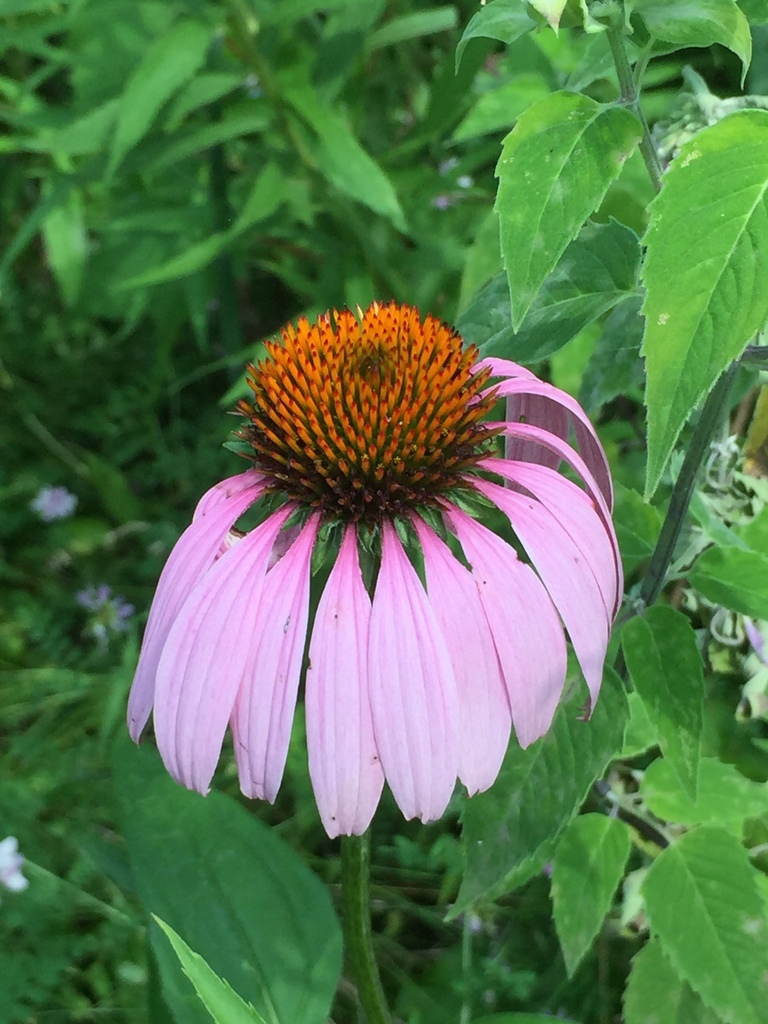Part of a series on CILTI’s conservation targets by guest blogger Ed Pope
Glades and barrens support unusual and rare plant communities, with a unique natural character that is increasingly threatened.
Glades are natural open areas in forests. These openings are typically due to bedrock on or near the surface of the ground, preventing any trees from growing to substantial size. In Central Indiana, the bedrock is usually limestone. These can be somewhat desert-like, hosting prickly pear cactus and aloe.
Barrens are areas where vegetation is sparse or stunted. This is primarily due to poor soil, but it can be due to a variety of conditions, from poor soil to high winds to frequent soil disturbance. In pre-European times, large grazing mammals like bison and elk helped keep trees from growing in these areas, and fire also played a role. As both bison and elk disappeared from Indiana in the early 1800s, and as fires began to be contained more quickly, forests began to encroach on many barrens.
Trees that can grow in barrens are usually pioneer plants that can grow in poor soil—species like eastern red cedar.
Barrens are extremely rare in glaciated areas, and the ones that exist tend to have a high angle of repose, known as slump barrens. These are areas where frequent landslides create areas of infertile soil.
Glades and barrens are some of our most threatened natural areas in Indiana. They are represented in these core conservation areas in our strategic conservation plan:
- Cave Hill Glade (Ripley County): This is the only limestone glade in central Indiana that contains prickly pear cactus and agave. It is currently threatened with overgrowth by trees such as eastern red cedars.
- Sanes Creek Glade (Franklin County): This slump barrens contains prairie plants like white gentian and side oats grama. It is currently threatened by an encroaching forest.
Ed Pope
Guest Blogger
Ed Pope is a retired engineer from Rolls-Royce and a CILTI member since 2002.



